
The contrast between the bustling and industrial Rhine and the idyllic Moselle River in Germany couldn’t be more stark. Overnight the Scenic Crystal has taken a right turn at Koblenz, Germany and up this much quieter tributary that isn’t on the itineraries of most Rhine cruises.
There seems to be no sound. There are no cars on the roads, no signs to get in the way of the scenery. The fields are striped with yellows of ripening canola and beyond them the seemingly impossibly steep slopes are striped with intensely planted rows of grape vines. Just tending the grapes, let alone picking them must require an acrobat’s grace and a safety line to keep a mis-step from turning into a skid into the valley.
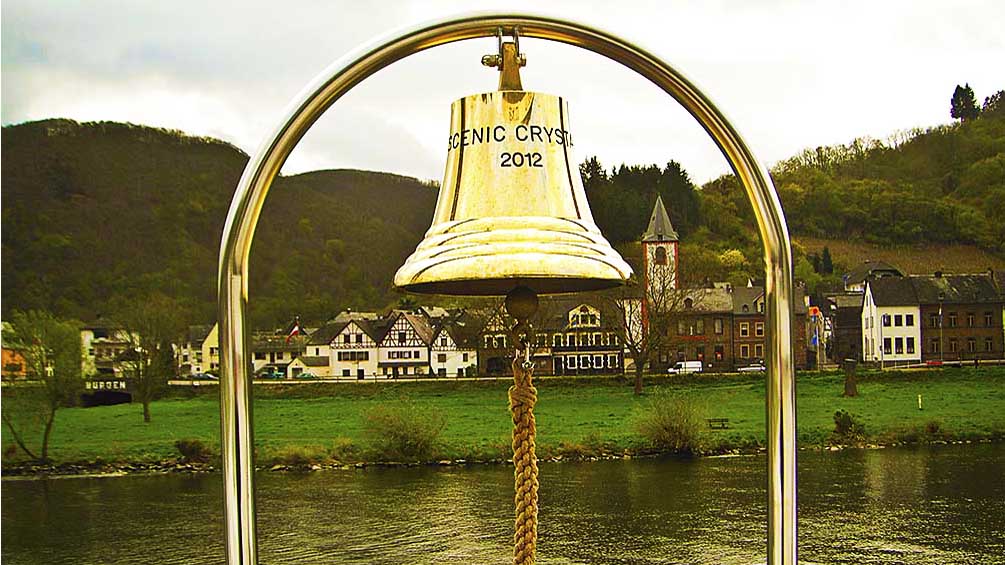
This is a river just perfect for Scenic Cruises’ new Scenic Crystal, whose innovative design includes a separate “sun porch” in each of its suites. With the press of a button, the top half of a glass wall slides down to completely open up the balcony. It can just as quickly be closed back up to block the sun or the rain. Either way, the pleasant sitting area is unique on European cruise ships and it’s a an ideal place to lounge over breakfast brought to the suite by our butler. Yes, there are butlers on Scenic river ships, something you’d normally only find on top-category suites on luxury ocean ships.
The river is so narrow here when you sit on the balcony, you’re almost on shore. Swans swim gracefully in toward the ship to peek in on the balconies, not so much to be voyeurs but to see whether the passengers can offer any scraps of croissants. And when the ship enters a lock, the view is almost surrealistic as the ship slowly rises past a swirl of green and brown mosses that cling to the lock walls.
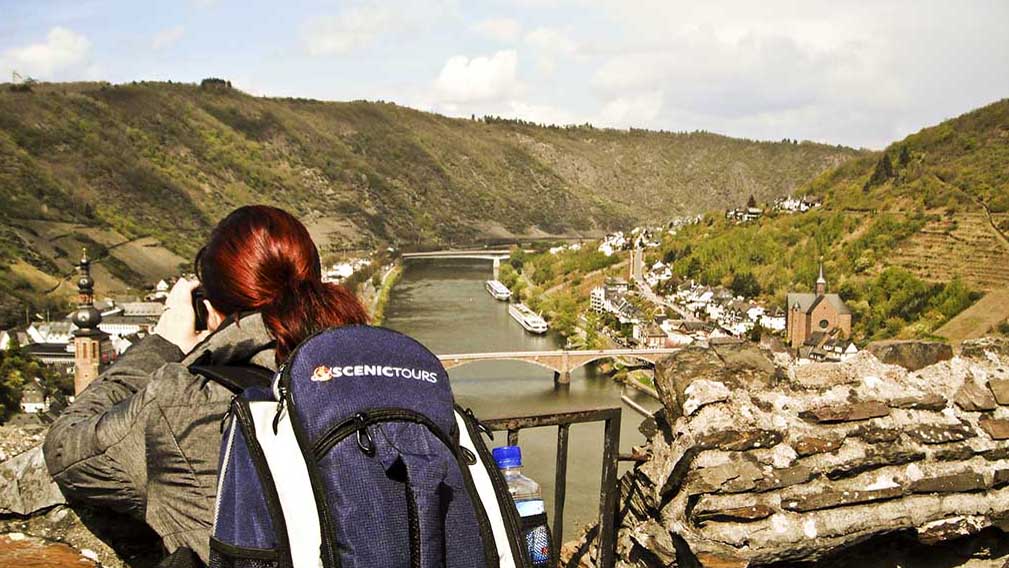
Our stop today is Cochem, a quaint and seemingly ancient town whose inhabitants must come from a long line of stoics. Dotting the second floors of the half-timbered shops are metal markers commemorating the high water marks of centuries of floods that have filled this deep valley with amazing frequency. People must just move out, then mop up and restock and go about their business again.
Those cleanups paled compared to the reconstruction that had to be done after most of the city was bombed to rubble by air raids during the Second World War. Cochem wasn’t a center of industry but unfortunately a tunnel beneath the middle of town was the route of a strategic railway line. British bombers dropped huge bombs to blast through the rock and those that exploded all but obliterated the town.
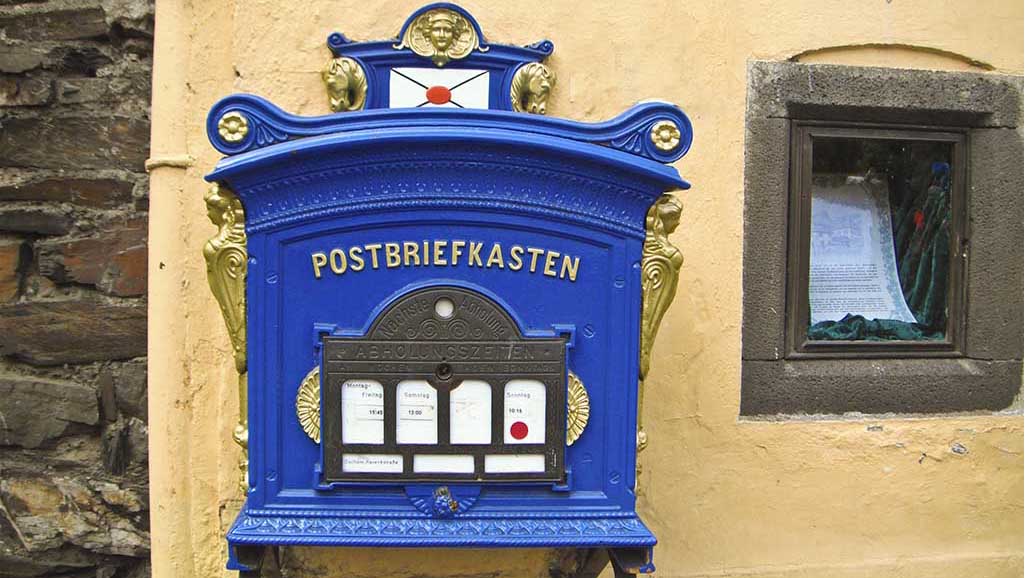
Some bombs didn’t explode and they are still being found. About half of the city’s population of 45,000 had to be evacuated when an unexploded two-ton bomb was discovered on the banks of the river in December 2011. The hearty inhabitants haven’t lost any sleep about it and they’ve been pros at rebuilding the half-timbered houses that are typical of this part of Germany.
Fortunately, Cochem’s most important building was wisely built high atop a hill and managed to escape the destructions and floods below. That’s not to say the Reichsburg imperial castle didn’t have its rises and falls since it was first built in around the year 1000. It’s been home to counts, electors, kings and pillaging armies and rebuilt a few times along the way, most recently at the end of the 19th century by steel baron Louis Ravene, who rebuilt the 100-room castle completely in neo-Gothic style, to use it as an extravagant summer home when he wasn’t at his mansion in Berlin. It stayed in the family until it was confiscated by the Reich in 1942.
Today, it’s an example of how comfortable it could be to live in a castle, even if there may be a few ghosts rambling the ramparts. While there are public tours of the castle they’re only guided in German.
Scenic arranged a private tour by a local guide who knew the place so well she had her own key to the gate.
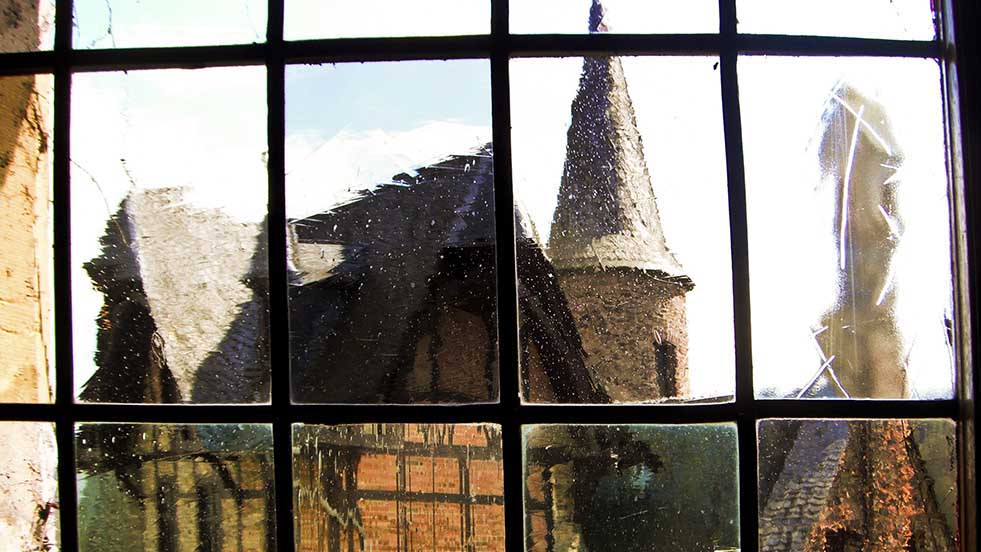
Many rooms still have massive carved hardwood furnishings with cabinets and benches that were custom built for the rooms. That’s a piece of history in itself. Today when you furnish a home you expect to take the furniture when you move—in modern Germany the word for furniture is meuble—which means mobile.
On the most commanding corner of the castle looking out over the river stands a huge statue that looks for all the world like Kermit the Frog in armour. We’re told the shape of the helmet was just the fashion in this area in days gone by, but I’d like to believe my favorite Muppet could have had a heroic ancestor.



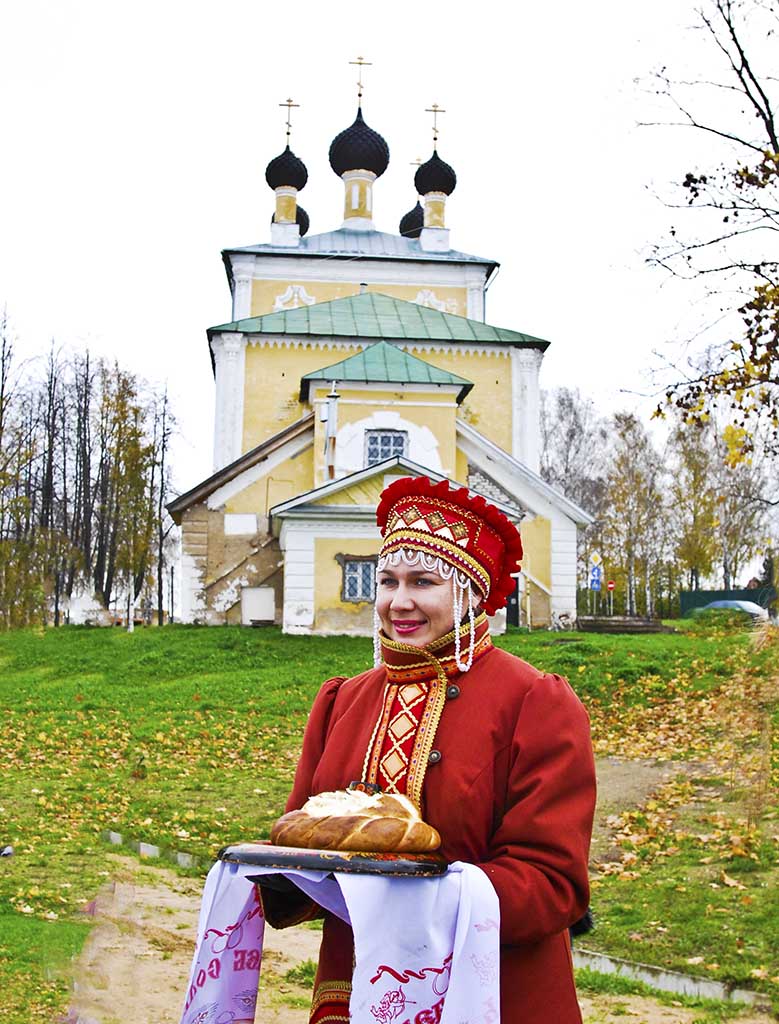


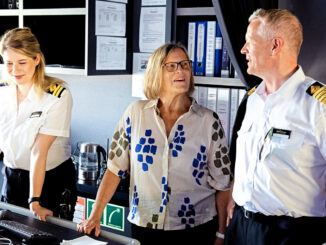

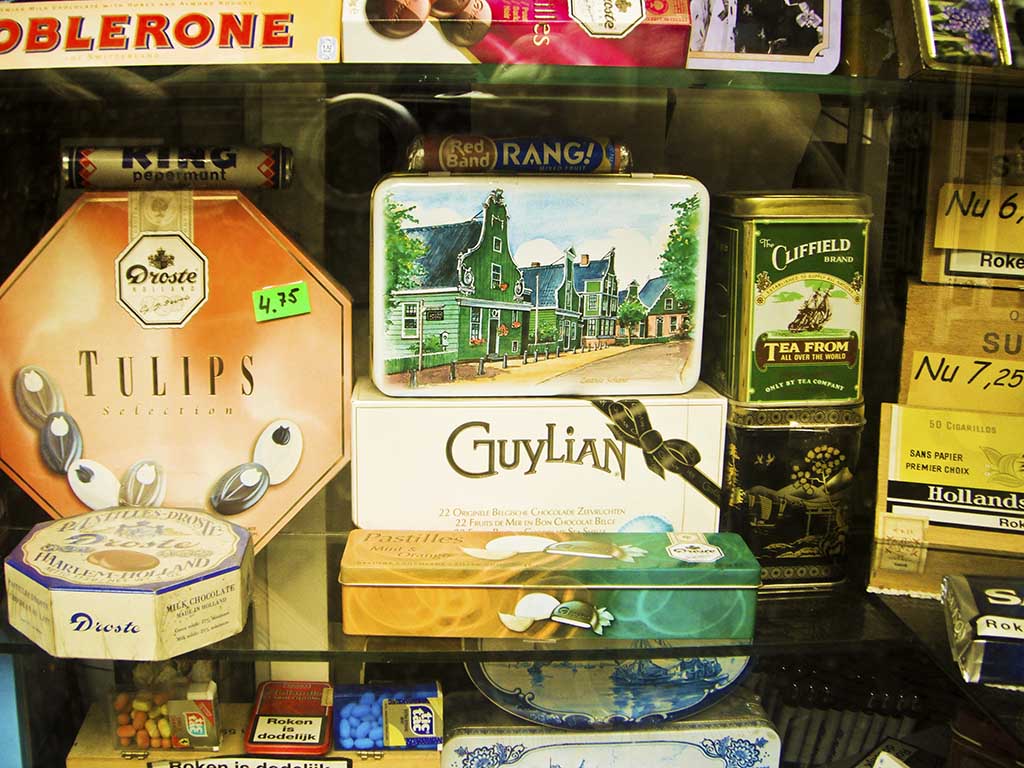
I love Cochem. I camped there as a child and remember all the beautiful mountains and rivers. Such a quaint town